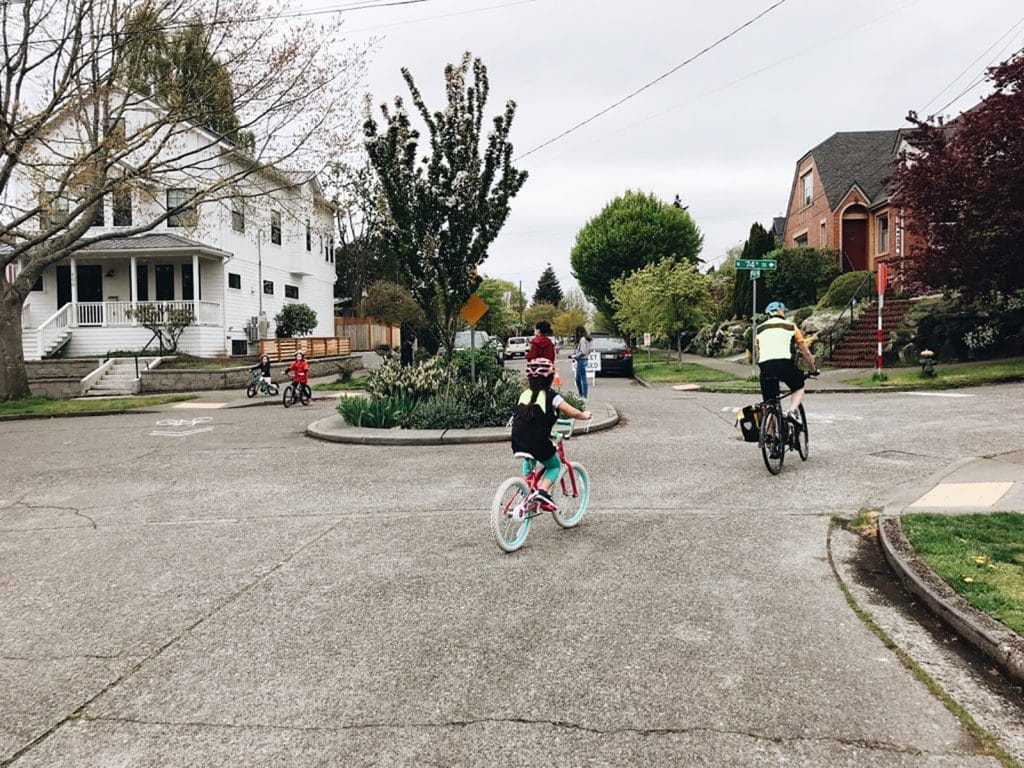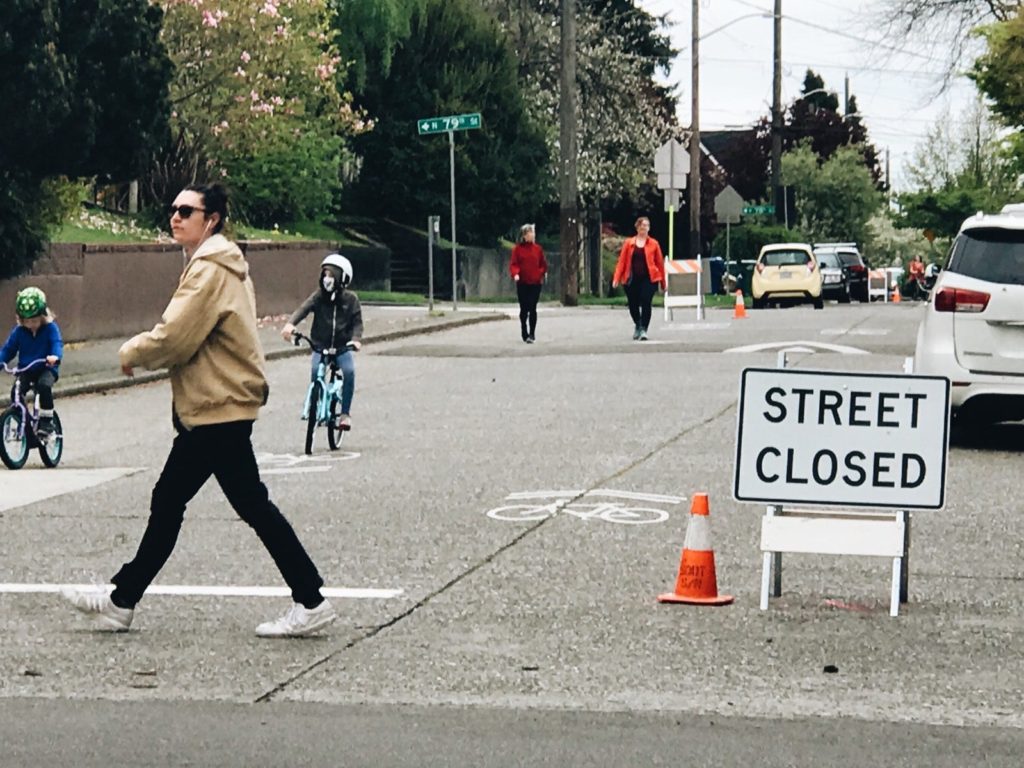Seattle has taken a bold step in the direction of putting cyclists and pedestrians first. An extremely positive reflection among all those that constitute the so-called "new normality".
Up to 32 kilometers of roads permanently closed to cars. The “Stay Healthy Streets” program aims to close streets to non-essential traffic to encourage people to exercise, run and go to work. Ultimately, move in total safety.
- environmentalists they are really enthusiastic about these decisions, because they certainly contribute to limiting vehicular traffic and therefore reducing carbon emissions.
Quarantine stress has been one of the main reasons leading to the development of new measures to support public health through exercise.
Roads closed to cars, more investments in infrastructure
Not just the permanent closure of the 32 kilometers of the Stay Healthy Streets program, in short. In addition to encouraging walking, jogging, skateboarding, scooters and bicycles, the Seattle mayor's office it also works to build better infrastructure and more protected cycle paths.
The Mayor Jenny Durkan explains: “the fight against Covid-19 is a marathon, not a sprint. As we evaluate how to make long-term, sustainable changes, we must ensure that Seattle builds back better than before. Safe, healthy streets are an important tool for families in our neighborhoods. They are used to go out, exercise and enjoy the good weather. In the long term, these streets will become valuable assets in our neighborhoods. “

The choice of roads to close to cars
Pedestrianized streets were selected because they have fewer open spaces and lower car ownership rates. Another criterion considered was the positioning in routes open to essential services and take-away meals.
Of course, delivery services (although favoring bikes and scooters) and waste trucks, in addition to emergency vehicles, will still be allowed on these "closed" roads.
Details also matter
The solutions that aim to improve health and traffic also take into account health safety, a detail that will always be of great importance after Covid-19.
Take traffic lights, for example: the duration of the breaks will be reduced to avoid crowds, and it will no longer be necessary to press a button to trigger the green, so as to reduce contact with surfaces. $ 100 to $ 200.000 will be used to redesign the signage as well.
Since the start of the Covid-19 measures, Seattle vehicle traffic has decreased by 57%. It is hoped that the permanent closure of almost 32 kilometers of road will lead to fewer vehicles and limit traffic even when the recovery is complete.


